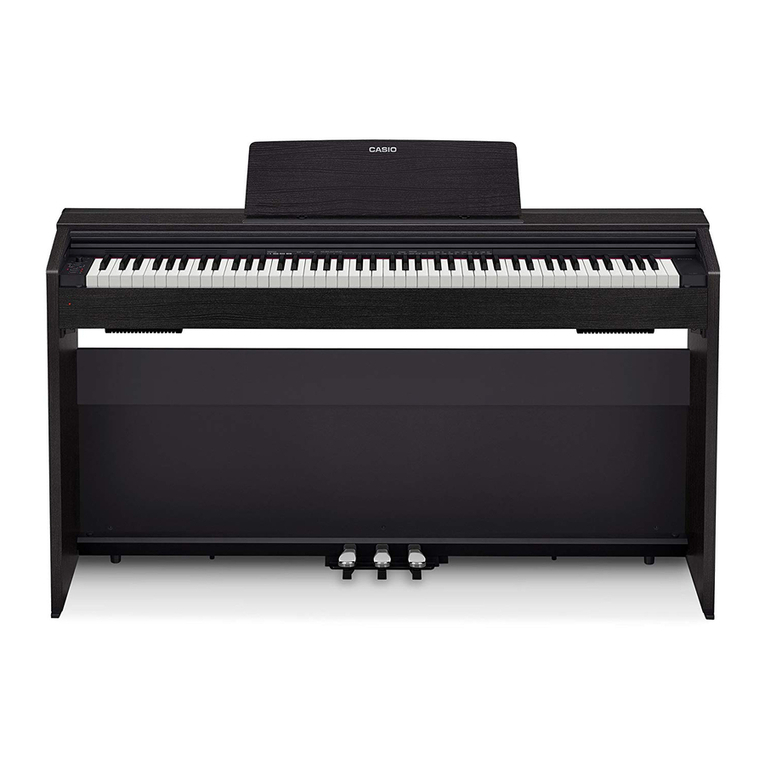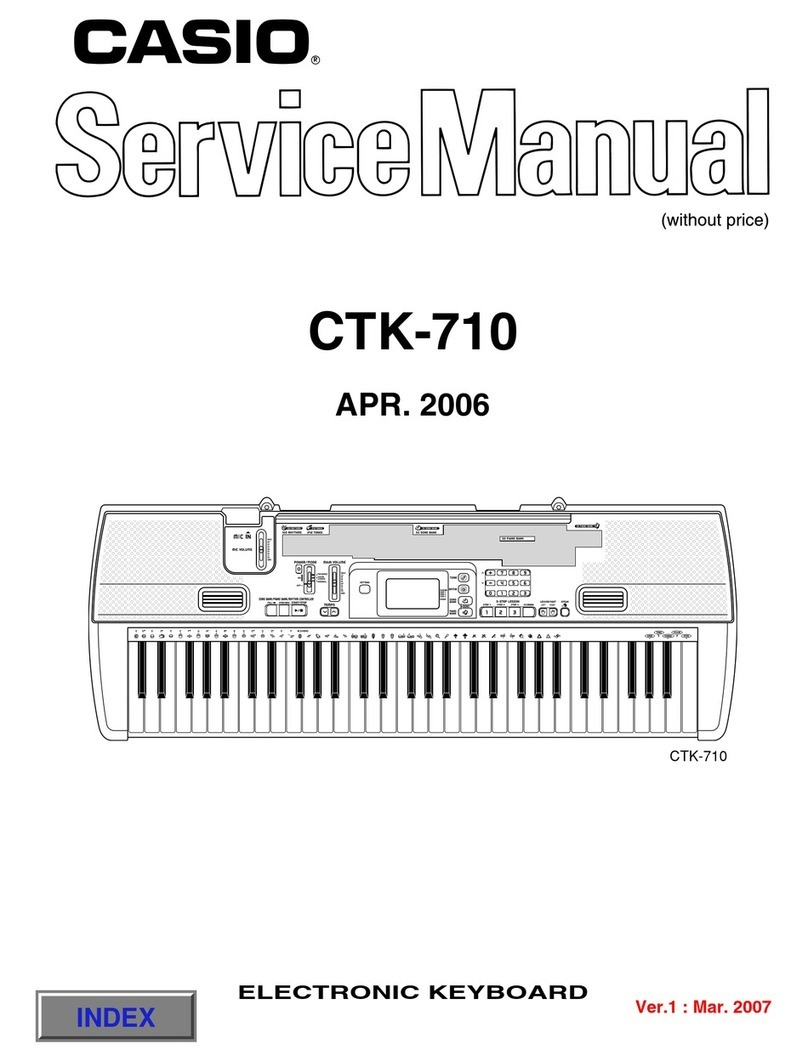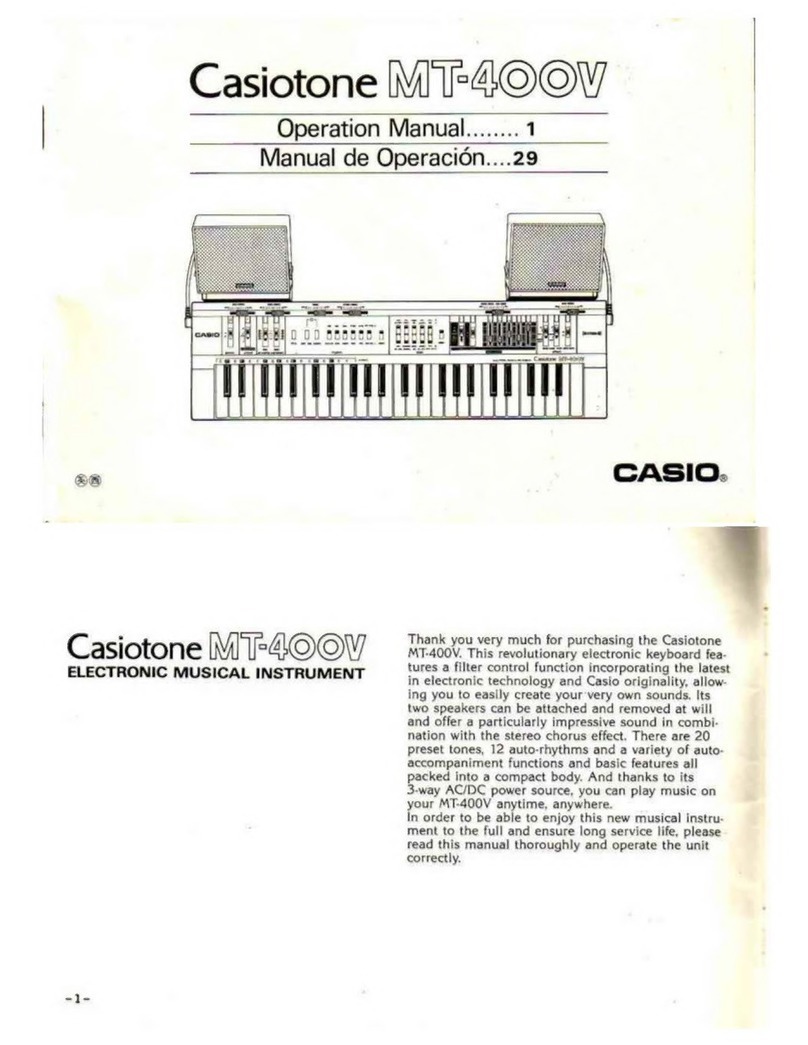Casio SA-20 User manual
Other Casio Musical Instrument manuals

Casio
Casio AP-20 User manual
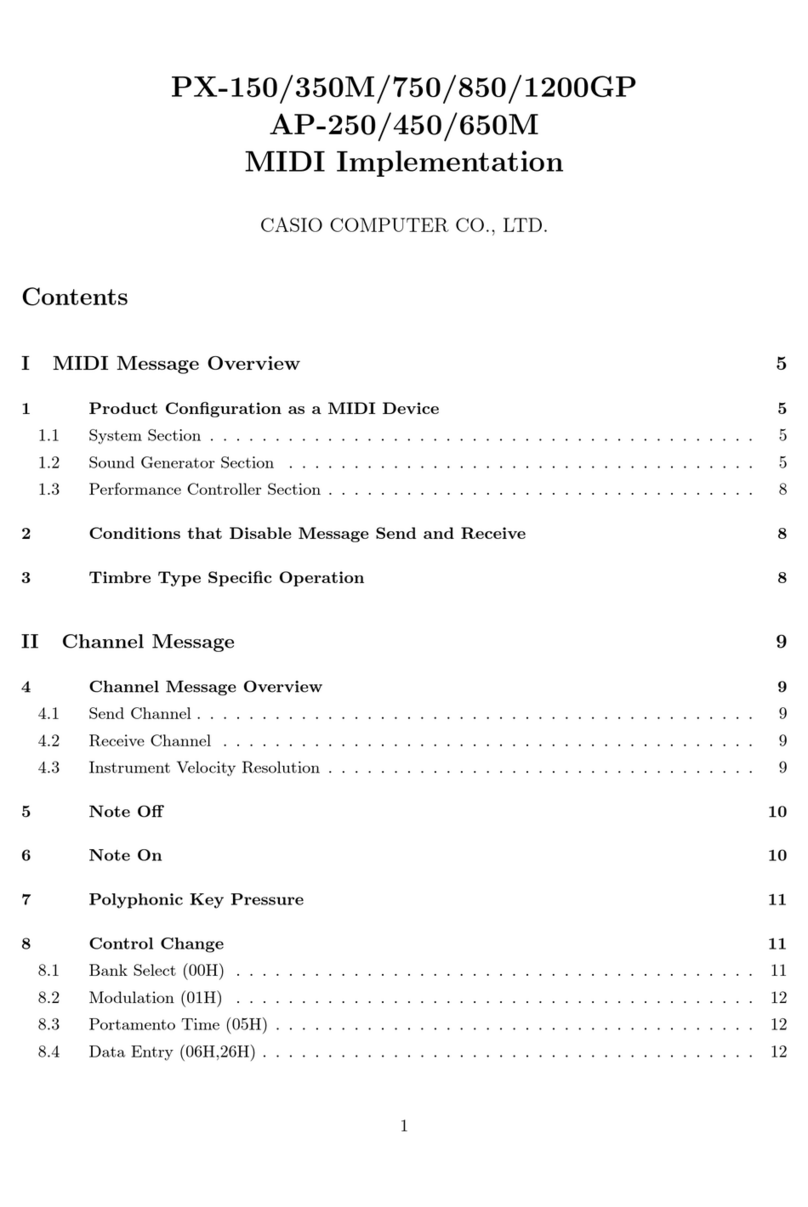
Casio
Casio Privia PX-150 Manual
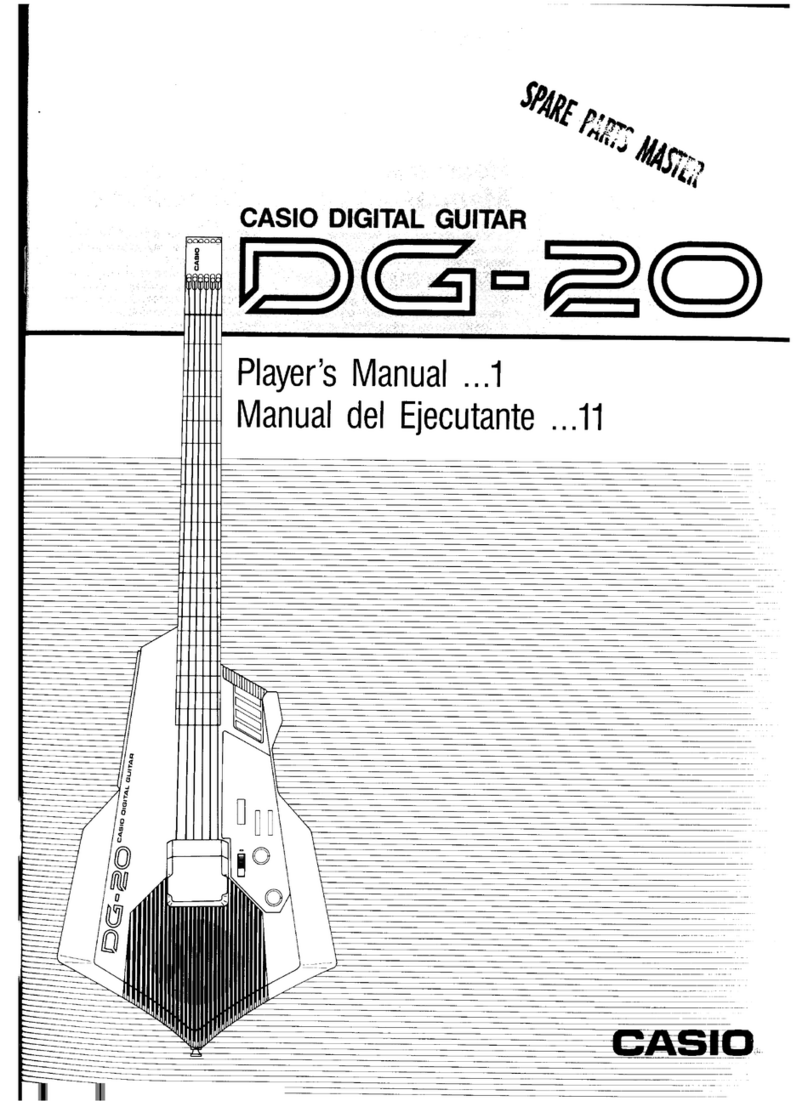
Casio
Casio DG-20 Operator's manual
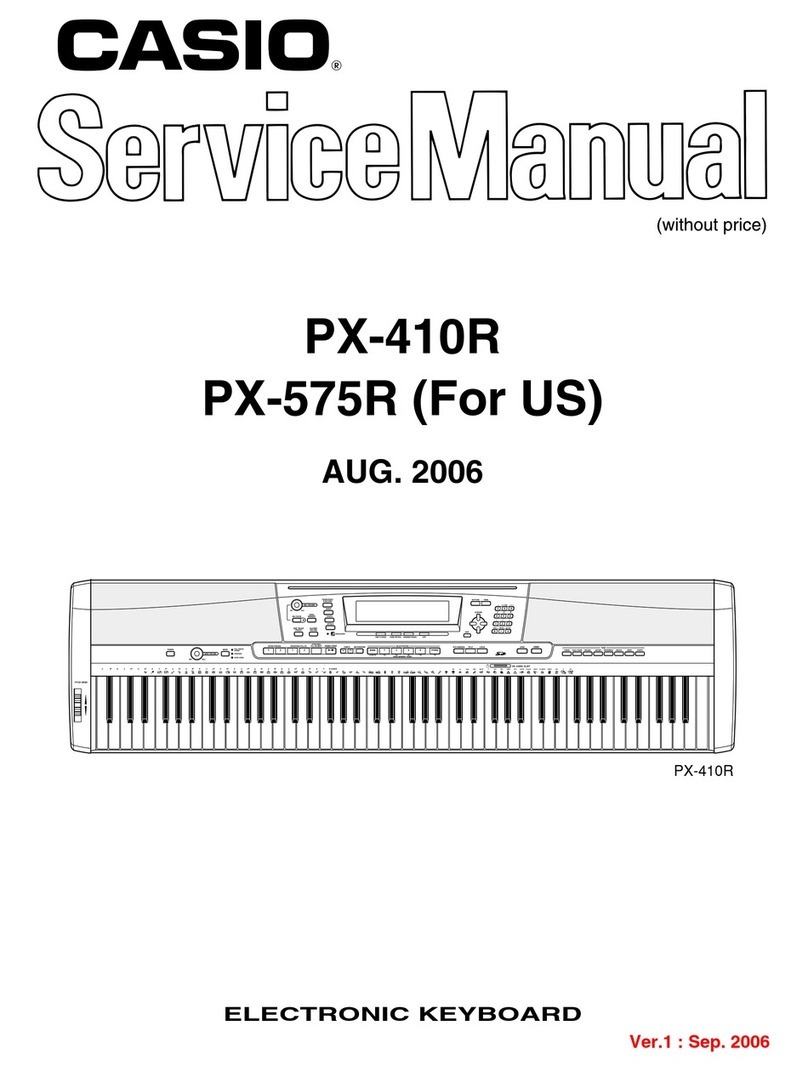
Casio
Casio Privia PX-410R User manual

Casio
Casio celviano ap-700 User manual
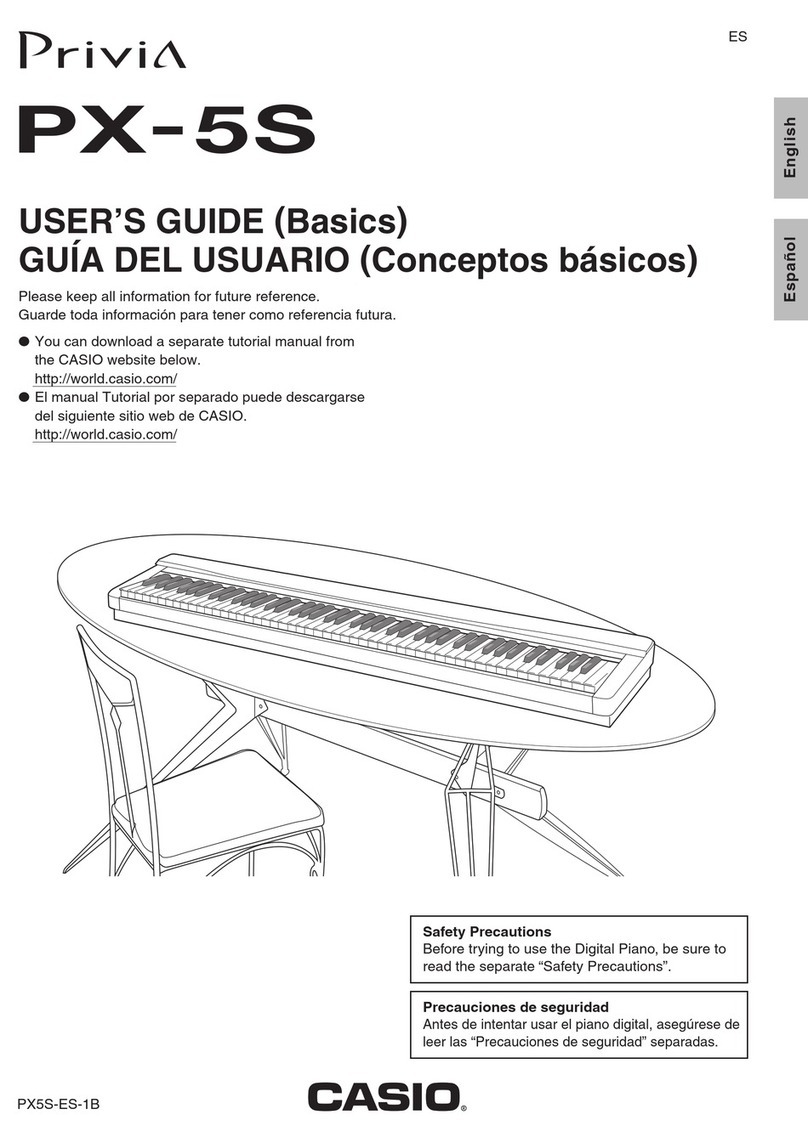
Casio
Casio Aculaser M2 User manual
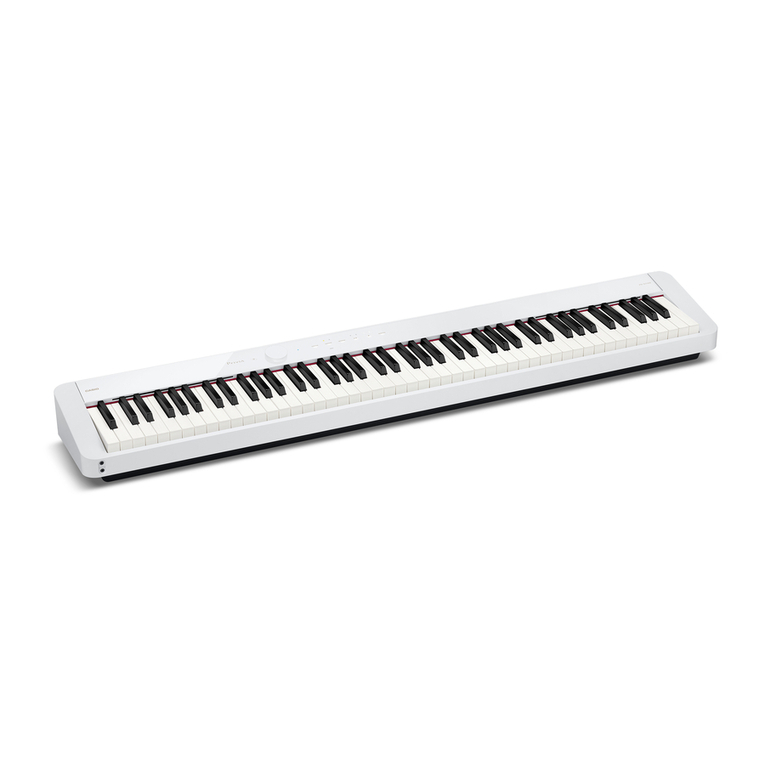
Casio
Casio Privia PX-S1100 User manual
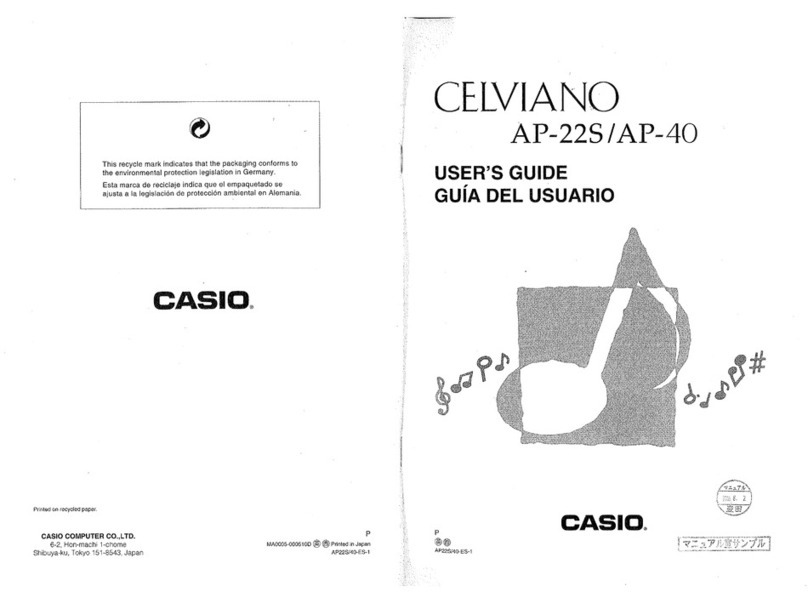
Casio
Casio Celviano AP-22S User manual
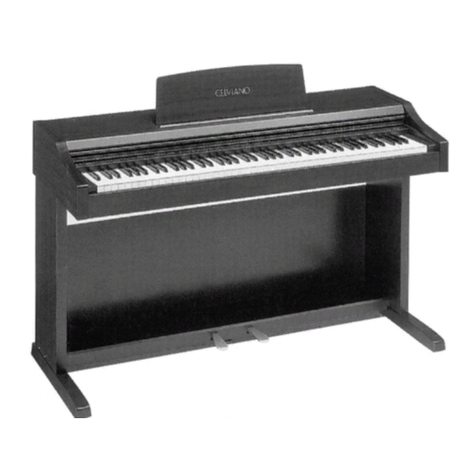
Casio
Casio AP-260 User manual

Casio
Casio PX-S3100BK User manual
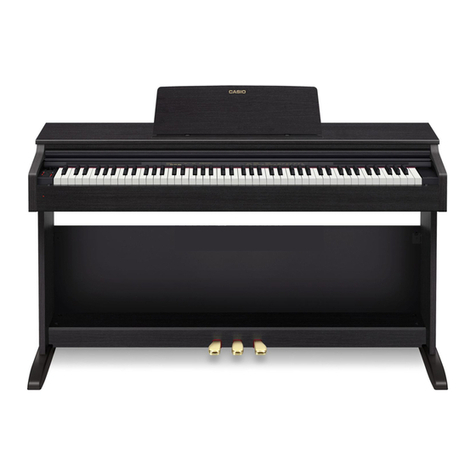
Casio
Casio CELVIANO AP-270 User manual

Casio
Casio PX-350M User manual

Casio
Casio CTK6000 User manual
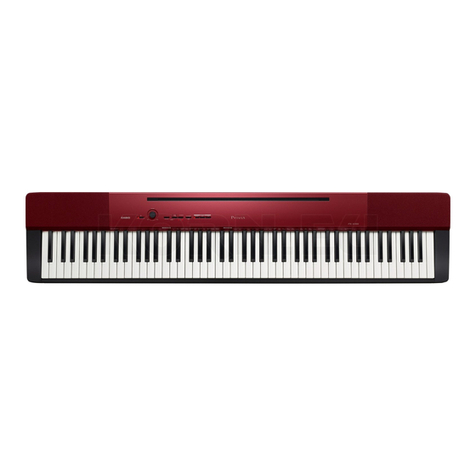
Casio
Casio Privia PX-A100 User manual
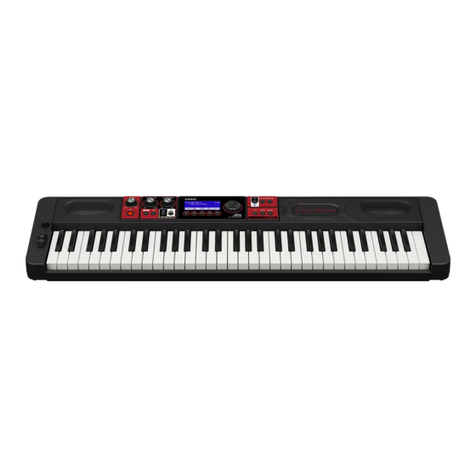
Casio
Casio CT-S500 User manual

Casio
Casio CTK-2080 User manual
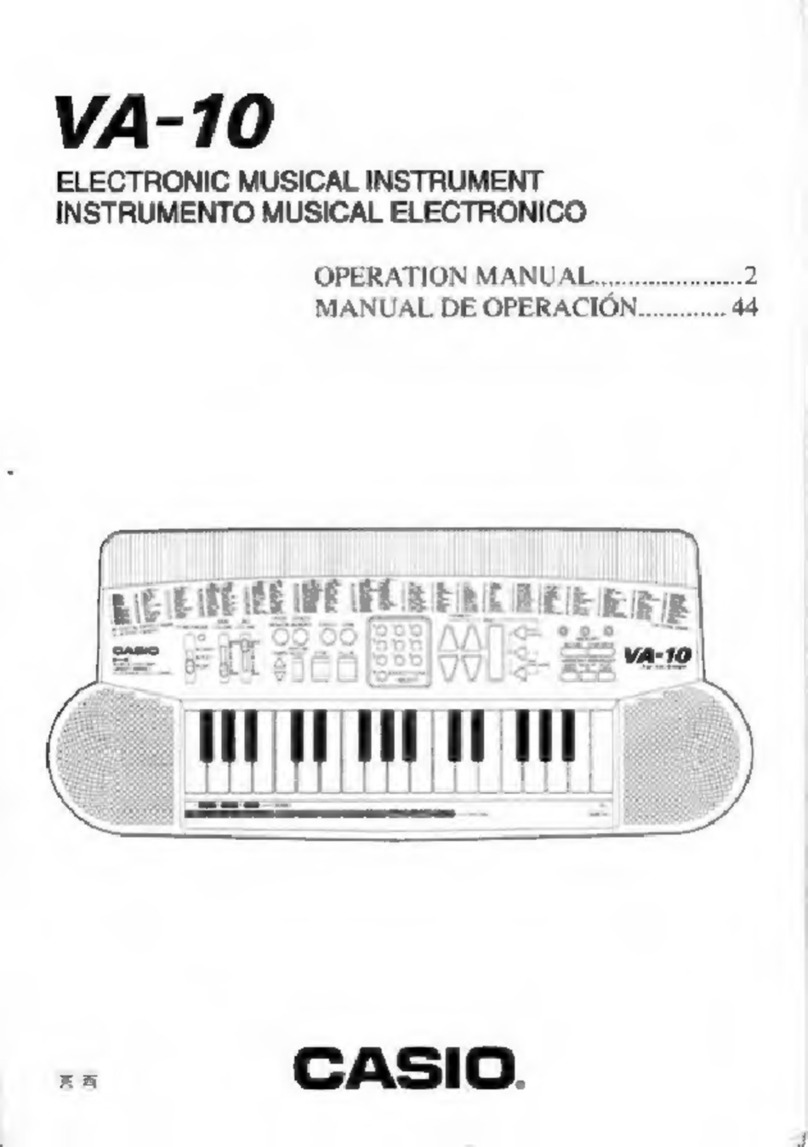
Casio
Casio VA-10 User manual
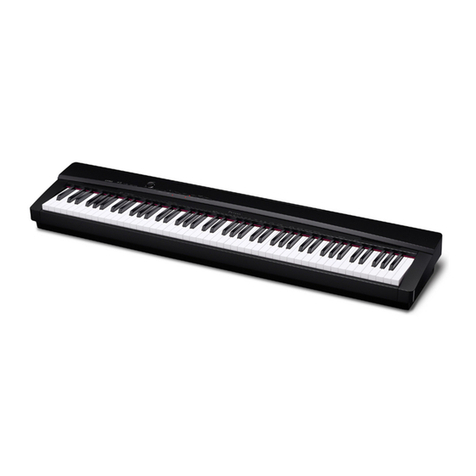
Casio
Casio PRIVIA PX-135 User manual
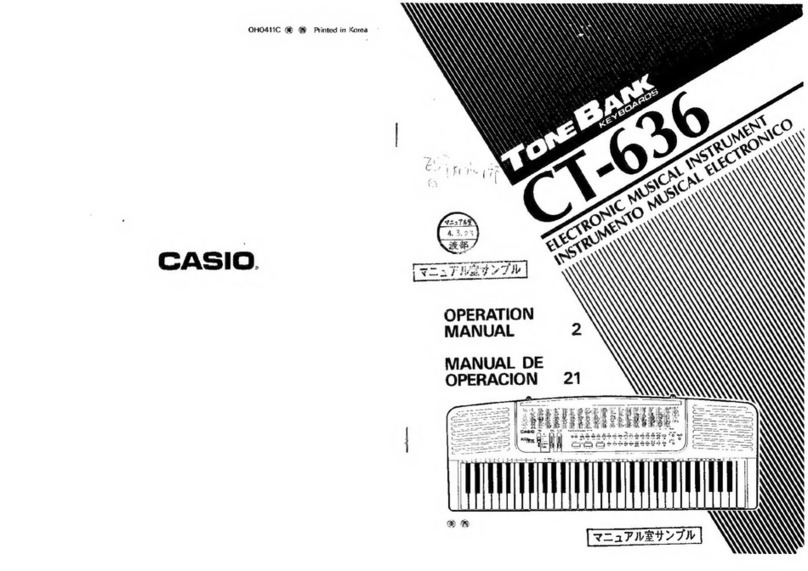
Casio
Casio TONEBANK CT-636 User manual
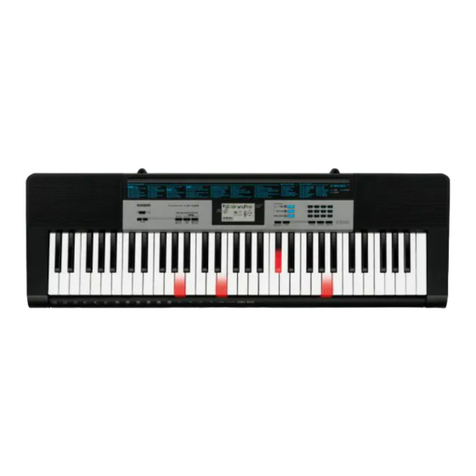
Casio
Casio LK-136 User manual

